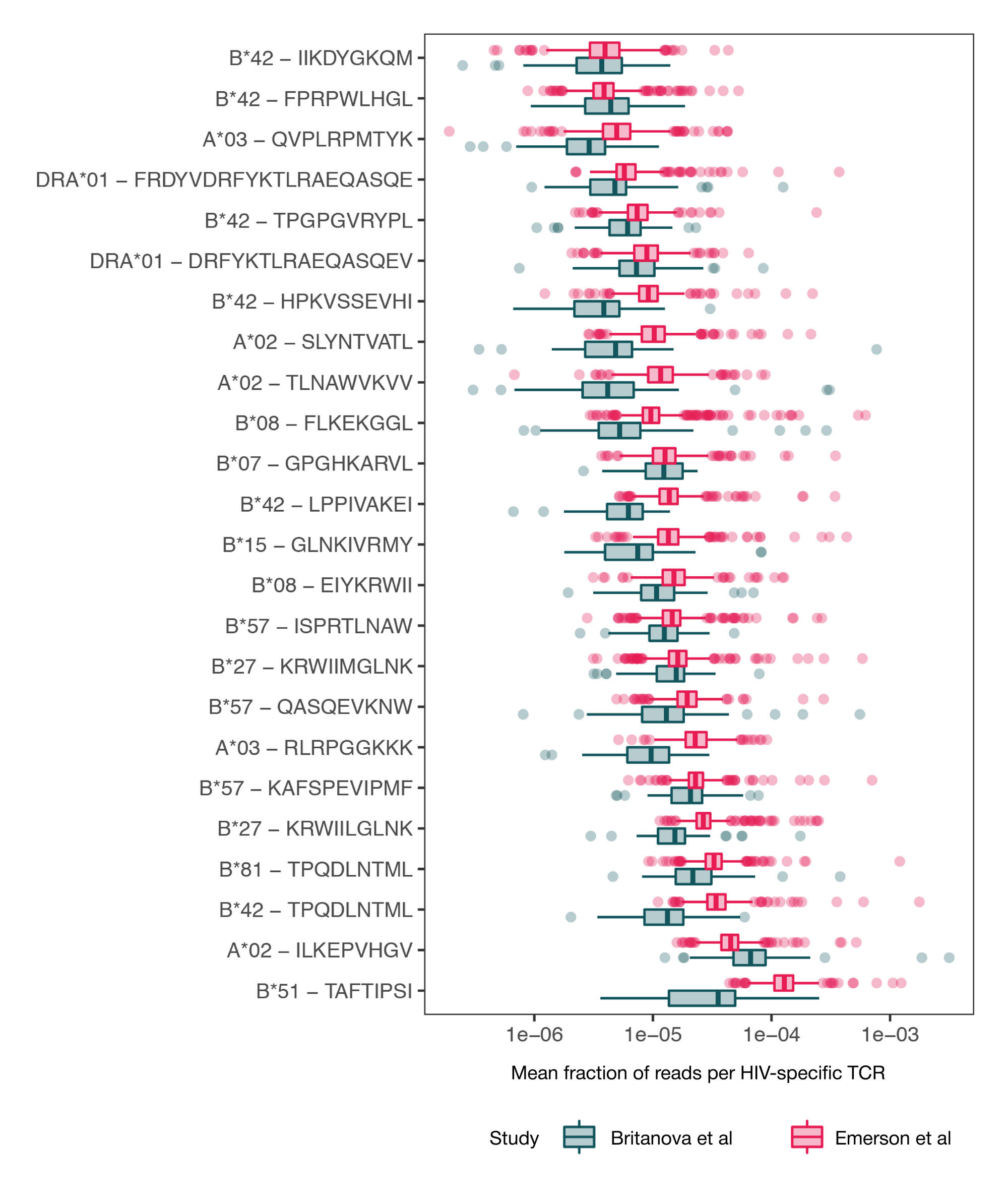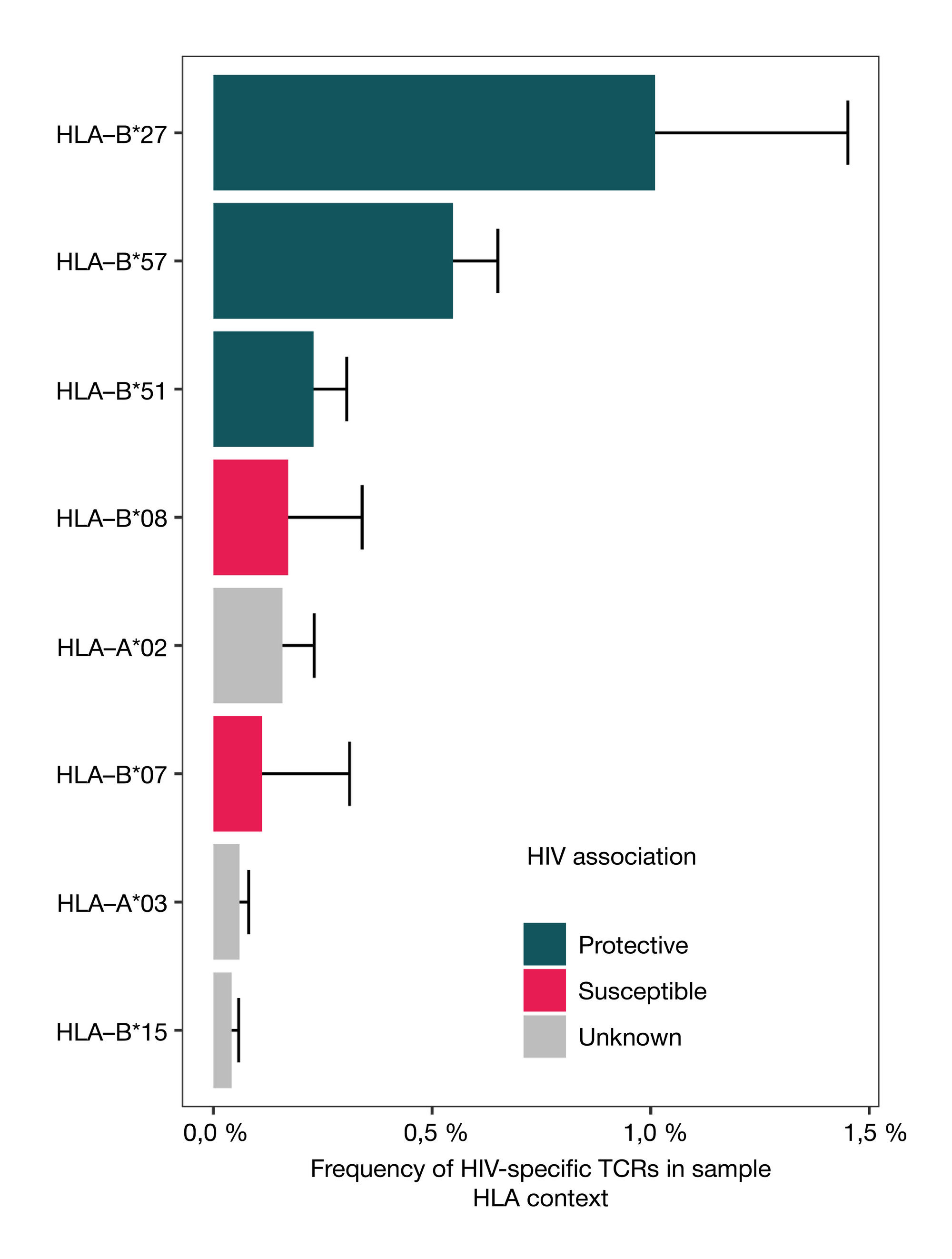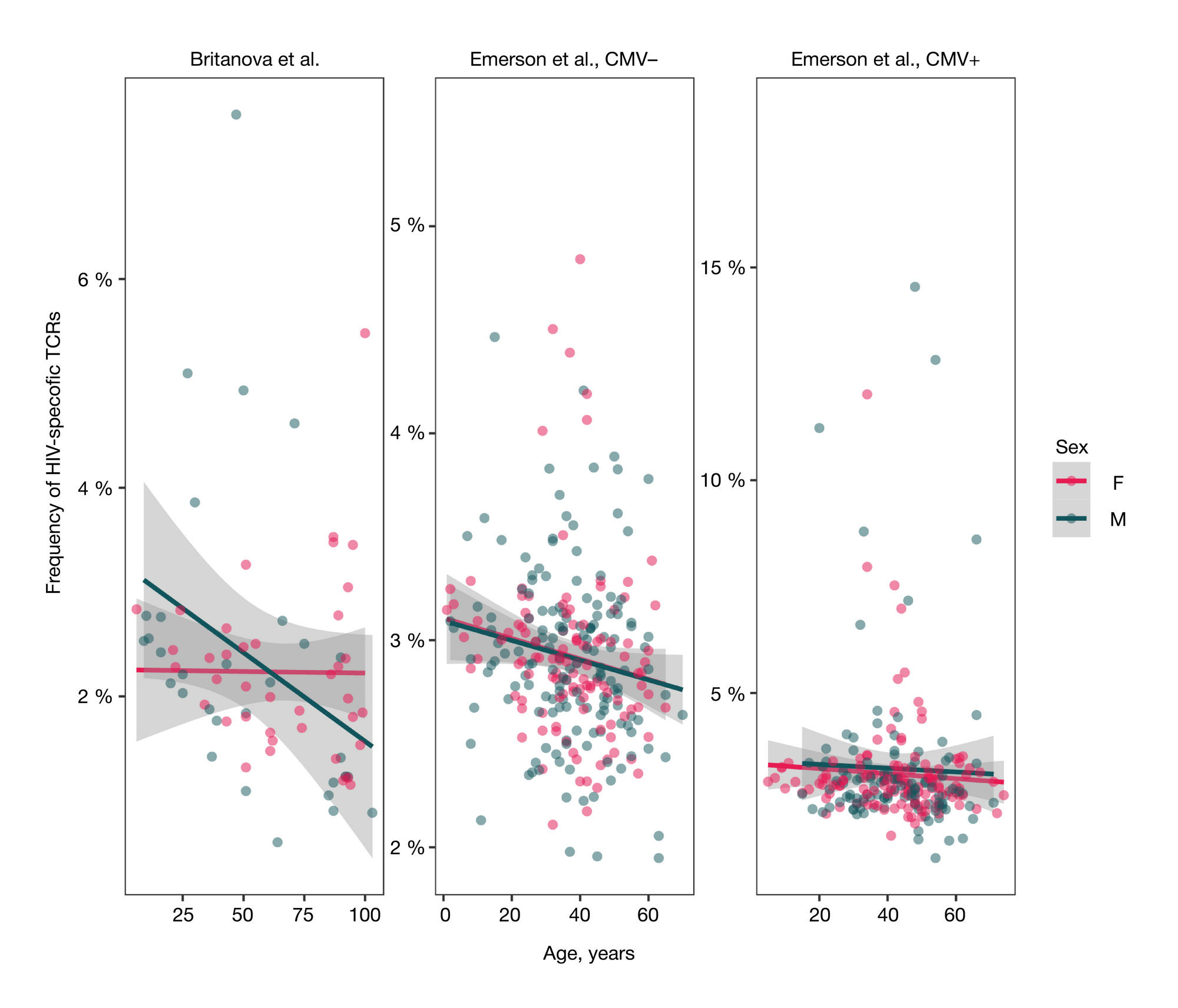
ISSN Print 2500–1094
ISSN Online 2542–1204
BIOMEDICAL JOURNAL OF PIROGOV UNIVERSITY (MOSCOW, RUSSIA)

Pirogov Russian National Research Medical University, Moscow, Russia
Correspondence should be addressed: Mikhail Shugay
ul. Miklukho-Maklaya, d. 16/10, Moscow, Russia, 117997; moc.liamg@yaguhs.liahkim
Funding: this work was supported by the Russian Science Foundation (Grant No. 17-15-01495).
All authors' contribution to this work is equal: selection and analysis of literature, research planning, data collection, analysis, and interpretation, drafting of a manuscript, editing.



